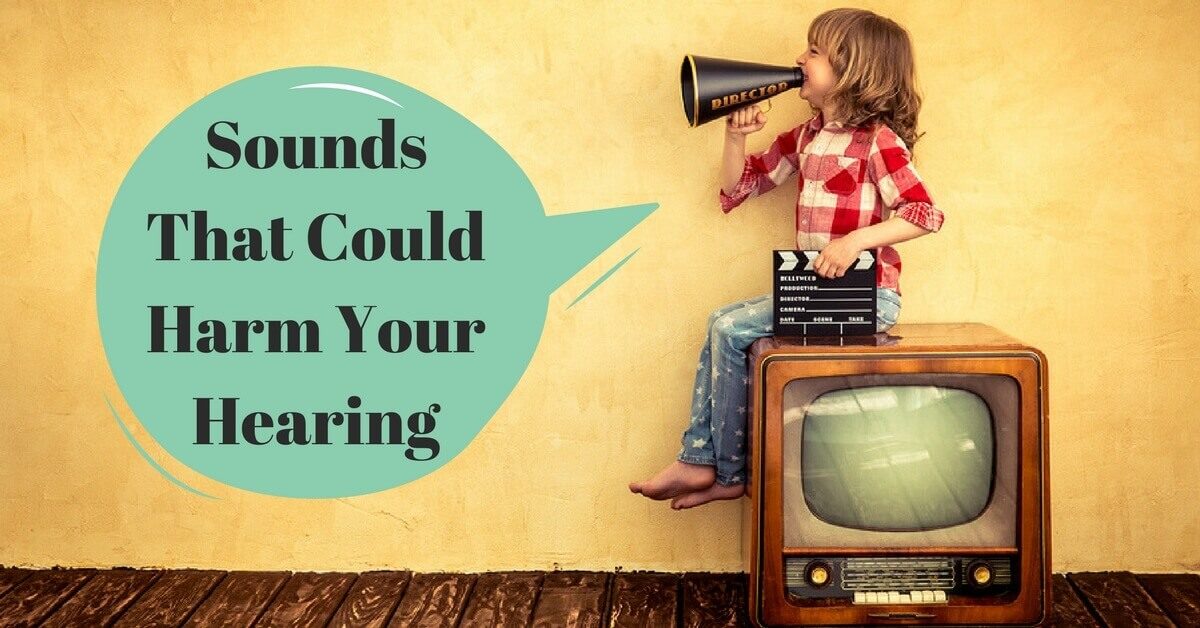Think of a time when you’ve been surrounded by the peace and quiet of uninterrupted nature. It’s an experience we only really come across on purpose, like while camping, or in those early predawn hours before the mechanical world wakes up. This is the soundscape that our ears were built for. In fact, the human ear was designed to accommodate sounds considerably less aggressive than the ones we’ve managed to produce on a mass scale over the past few centuries. On a daily basis, we unknowingly encounter listening environments that are potentially harmful to our hearing.
Dangerous decibels
Sounds that register over 85 decibels can be potentially damaging to our delicate hearing system if sustained over prolonged periods of time. Referred to as noise induced hearing loss, the effects are irreversible. Once significant damage has been done, our ears are never able to recover full healthy hearing.
It’s this standard of 85+ decibels that has been adopted as the maximum sound range on the federal level. The Occupational Safety and Health Administration (OSHA) requires that employers have a hearing conservation program in place if workers are exposed to a time-weighted average noise level of 85 decibels or higher over the course of an 8-hour shift.
OSHA regulations are all well and good when it comes to monitoring noise levels within the workplace. But, much of the world isn’t monitored for safe noise levels and it certainly isn’t enforced.
Employ your own safeguards
There’s the potential that you’re within spitting distance of a too-loud work environment. The trouble is that unless you’re employed there, your hearing isn’t taken into consideration. If your home, workplace, commute, or daily dog walk is in close proximity to a construction site, factory, or alternative loud workplace, you may want to take precautions to guard your hearing. This could mean a simple intervention like changing your route, shutting windows or investing in heavy drapery to help insulate your environment from too loud sounds.
Protect during playtime
Dangerously loud listening environments don’t just occur in the workplace, whether it be yours or someone else’s. Many leisure activities contain the potential for hearing loss. Snowmobiles and motorcycles produce noise in the 80-100 decibel range. Handguns, rifles and shotguns come in at around 140-175. Always make sure that you’re taking advantage of offered hearing protection when participating in loud recreational activities. Ditching the headphones in lieu of looking cool isn’t worth the cost of your precious sense of hearing. If these are activities that you partake in on your own, invest the extra money in ear protection as it truly is necessary gear.
Use special precaution at special events
The annual Fourth of July fireworks display is actually one of the noisiest sound environments you might subject your ears to all year. They can easily reach levels of 150-175 decibels. Because fireworks displays are such an entrenched custom, and one in which the bright lights and deafening booms are in fact part of the draw, we don’t evaluate the hidden danger and proceed accordingly. Bring ear protection, particularly if you’re bringing along little ones to enjoy the spectacle.
Don’t take one for the team
Sporting events are also a surprisingly threatening sound environment. A raucous crowd might be great for team spirit, but your ears might need a break from roaring fans. The same goes when attending a concert. Pay attention to where you’re situated in relationship to any speakers. Front row seats might carry a cost beyond merely dollars.
Check in with yourself
In any listening environment that seems louder than necessary, take the time to check in with your ears. Three simple questions can be asked to self-evaluate any potential hearing risk associated with any activity:
Do your ears ring during or after the event?
Must you shout in order to talk to a companion within an arms’ length?
Have you experienced temporary hearing loss after leaving the event?
If you answer yes to any of the above questions, it’s time to intervene. This could mean adding hearing protection in the form of noise canceling headphones or simple earplugs. If that’s not available, you might simply step away from the source of the noise to give your ears a break every now and then.
Schedule a hearing test
Though noise induced hearing loss is irreversible, it’s quite simple to treat after diagnosis. If you suspect dangerous sounds have caused hearing loss, schedule a quick test with us at HearCare in Rhode Island. Once we’ve gotten a reliable diagnosis, we will help to discern the best next steps.

